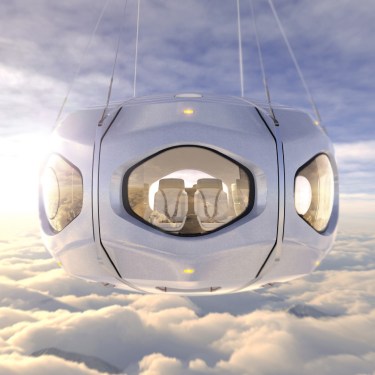In a move aimed at validating its self-driving systems and regaining public trust, GM’s Cruise is redeploying a small fleet of robotaxis in Dallas this week. This marks the second city where Cruise has eased back into operations after pulling its entire U.S. fleet late last year following an incident in San Francisco.
Background on the Incident
In December 2023, a pedestrian was run over and dragged by a Cruise robotaxi in San Francisco. The California Department of Motor Vehicles (DMV) immediately suspended Cruise’s permits to operate in the state after it came to light that Cruise’s leadership had mishandled communications about the incident with state and federal regulators.
Dallas Deployment
Cruise’s Dallas fleet will consist of just three vehicles, which will not yet be carrying passengers or driving fully autonomously. Human operators will manually drive the cars around Dallas to collect mapping and road data, similar to what Cruise did in Phoenix in April. This is a measured approach, as Cruise had previously launched a robotaxi service in Austin and Houston, making it one of the first companies to offer such services in Texas.
Why Dallas?
Texas may be emerging as the next battleground state for commercial adoption of autonomous vehicles. The state’s favorable legislative landscape and clear skies make it an ideal location for testing autonomous trucks. Moreover, Texas has already seen significant investment in autonomous transportation, with companies like Cruise, Waymo, and others operating in the state.
Comparison to California
Cruise is also likely to relaunch its robotaxi service in California, where it’s based, to compete with Alphabet’s Waymo. Earlier this year, Waymo received permission to operate commercially on San Francisco’s freeways and in Los Angeles. While Cruise did not share any specifics about its rollout strategy, it’s clear that the company is opting for a slow and steady approach after its previous aggressive launch strategy resulted in accusations of expanding too fast and cutting corners on safety.
Cruise’s Strategy
Cruise spokespersons stated that the company will expand into supervised driving "measured against predetermined safety benchmarks." However, they did not elaborate on what these benchmarks are. It’s likely that Cruise will continue to follow a gradual rollout strategy in Dallas before expanding its services to other cities and states.
A Texas-Sized Opportunity
The deployment of robotaxis in Dallas comes at an interesting time for autonomous transportation in the state. With companies like Cruise, Waymo, and others already operating in Texas, it’s clear that the state is a hub for innovation and experimentation. As TechCrunch previously noted, Texas may be the next battleground state for commercial adoption of autonomous vehicles.
Conclusion
GM’s Cruise redeployment of robotaxis in Dallas marks an important step towards validating its self-driving systems and regaining public trust after the San Francisco incident. The company’s slow and steady approach to expansion is a departure from its previous aggressive launch strategy, which resulted in accusations of cutting corners on safety. As the autonomous transportation landscape continues to evolve, it will be interesting to see how Cruise and other companies navigate the complex regulatory environment and competing interests.
Related Articles
- Uber CEO Dara Khosrowshahi Resigns from Self-Driving Truck Startup Aurora’s Board
- Scout Motors EVs Will Have Satellite Connectivity
About the Author
Rebecca Bellan is a Senior Reporter covering transportation for TechCrunch. She has reported on various topics, including micromobility, EVs, AVs, smart cities, AI, sustainability, and more.




